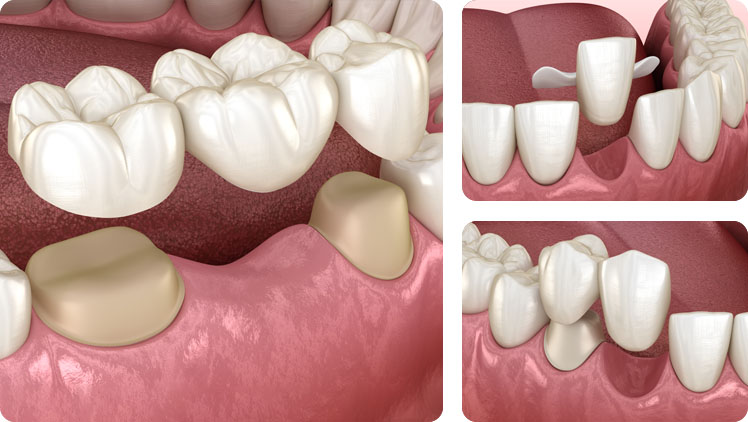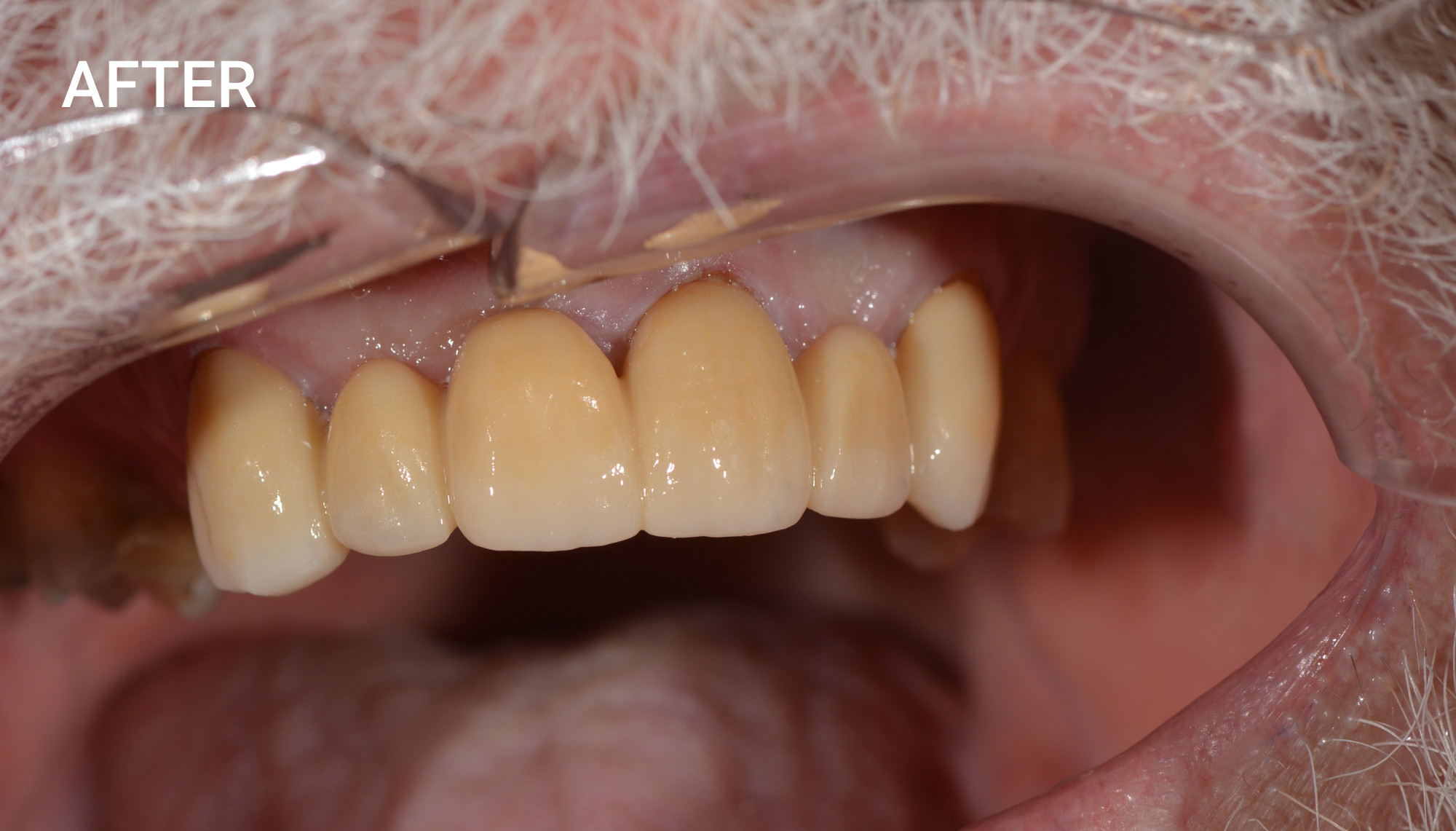Contact Us
36 Middle St, Cleveland, 4163, Australia
A dental bridge is a custom-made prosthetic device used to replace one or more missing teeth. It consists of artificial teeth anchored to adjacent natural teeth or dental implants, creating a “bridge” to restore the appearance and function of your smile. Dental bridges not only enhance your dental aesthetics but also contribute to improved chewing ability and speech. They are a durable and reliable solution, helping you regain confidence and maintain oral health by preventing teeth from shifting and supporting the overall structure of your mouth.



Take a closer look at the before and after images and you’ll truly appreciate the incredible difference that dental bridges can make in an individual’s life. The presence of a noticeable gap can often be emotionally challenging. However the transformation achieved with dental bridges is nothing short of astonishing. The bridge also allowed to the patient to stop wearing a denture to replace the missing front teeth.
36 Middle St, Cleveland, 4163, Australia
© 2023 GWH Dental - Member of the